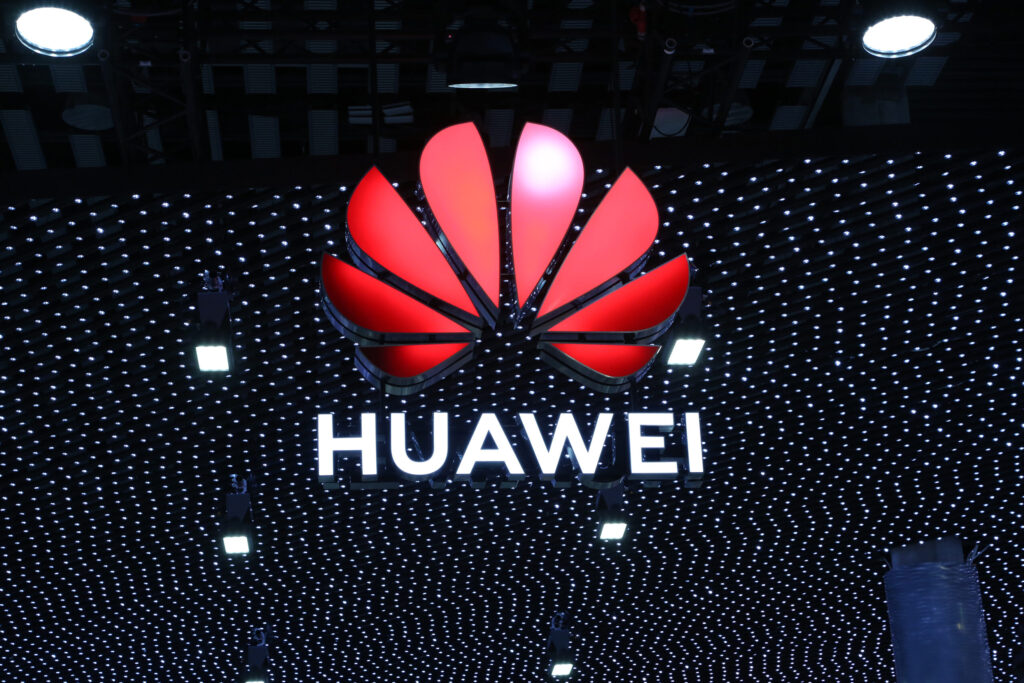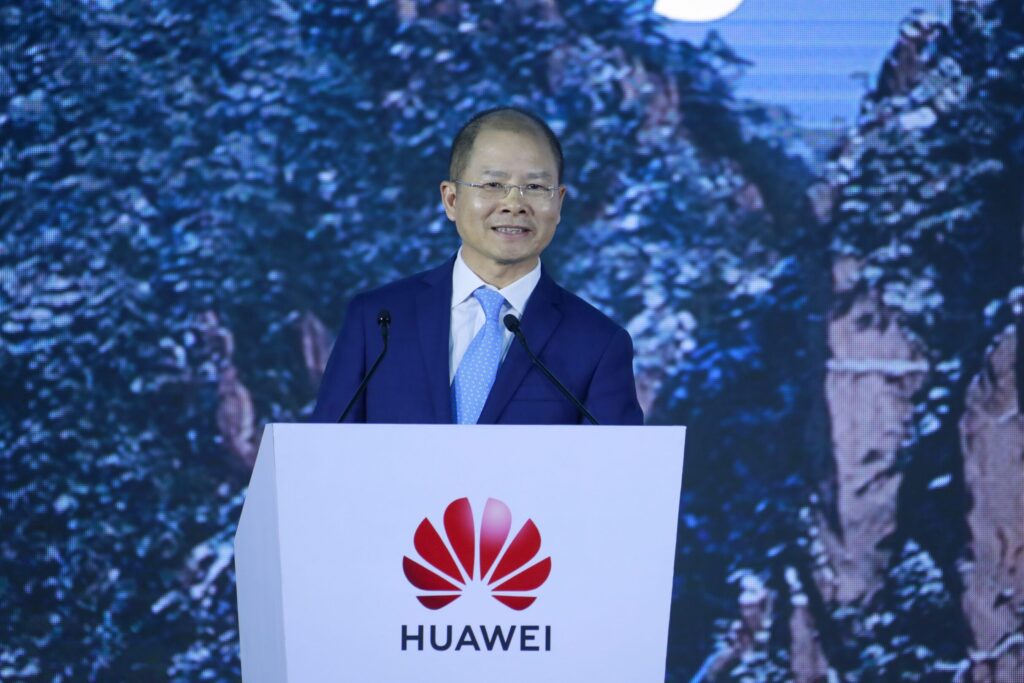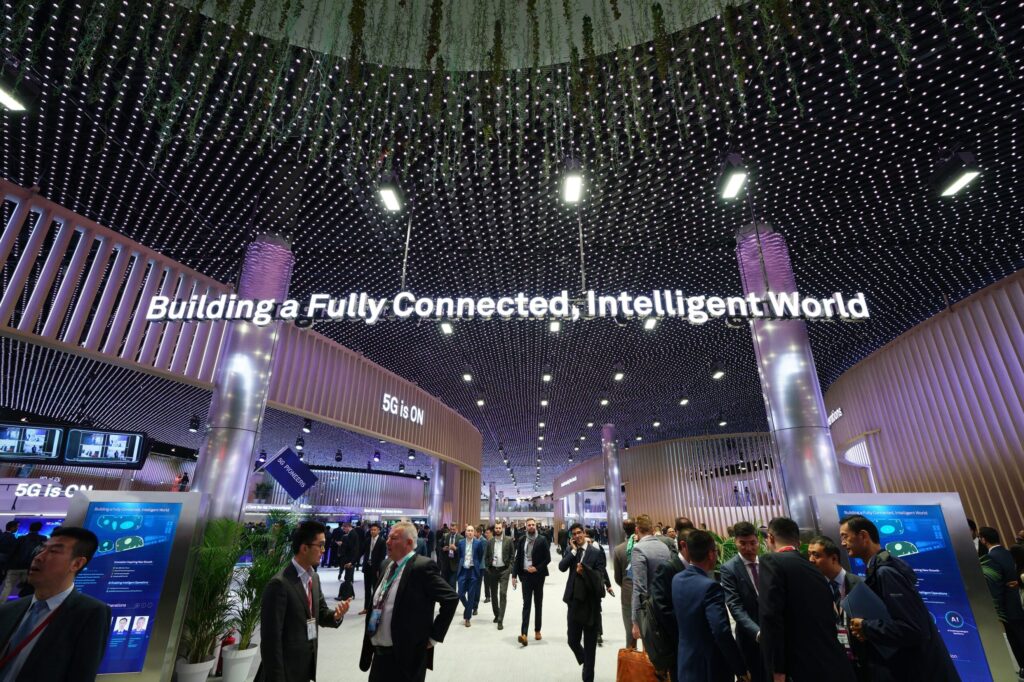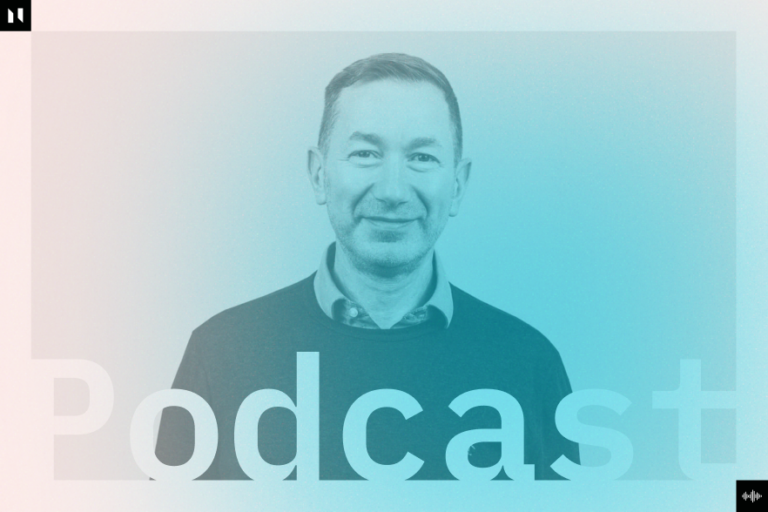
Xu Zhijun, Deputy Chairman at Huawei, breaks down how the company is diversifying its business and maintaining its leadership of the telecommunications sector despite the US ban.
The longest-lasting companies are those able to turn setbacks into opportunities.
At the start of 2019, Huawei was predicted to become the world’s largest seller of 5G technologies and smartphones. The company’s 5G network infrastructure was considered the best and most affordable on the market. However, this was also the year when concerns about the company’s connection with the Chinese government spiked, leading to accusations that Huawei would use its equipment to steal technological secrets and spy on other nations. Although no hard proof was ever provided, the company’s reputation still suffered.
The “Huawei ban” began in 2012, when a US intelligence report concluded that using equipment made by the company could “undermine core US national security interests.” But it was not until May 2019 that the company was added to the US Department of Commerce’s Entity List, which effectively banned any US organisation from doing business with Huawei without the government’s permission. As a result of the ban, Huawei’s business took a hit and was forced to change its business strategy.
“These are uncertain times for Huawei, rife with challenges from geopolitical tension, the resurgence of COVID-19, and US bans,” Xu Zhijun, Huawei’s Deputy Chairman tells Digital Bulletin. “In this context, business resilience is our guiding principle. We want to boost the resilience of our entire business, and since last year we have been working to optimise our portfolio with this goal in mind.”
Xu joined Huawei in 1993 after completing his PhD. Since then, he has served the company in many roles, from President of the Wireless Network Product Line to Chief Strategy and Marketing Officer and Rotating CEO. Last April, Xu was a keynote speaker at Huawei’s HAS2021 Global Analyst Summit, where the company’s leadership outlined their plans for the future of the telecommunications giant.
“Huawei was a topic of focus throughout 2020 and 2021 will continue to be a challenging year for us,” Xu says. “However, it’s also the year that our future development strategy will begin to take shape. We spent most of our time last year responding to one ban after another. This year, we have more time to explore our next steps and where we want to go.
“Huawei made its name by developing outstanding smartphones. We are incredibly proud of our record of innovation and leadership in the sector and remain resolutely committed to continuing to set the bar of excellence in that sector. But our business has for many years been diversifying, and our developments in new categories continue to fuel our growth.”

Over the last few years, Huawei has been on a transformational journey, from a network equipment manufacturer to a software-centric company. In November 2018, the company spent $2 billion in upgrading its software engineering capabilities and reducing its reliance on semiconductors, which it used to purchase from the US. Two years later, software is a key element of the company’s future plans.
“Software is at the core of cloud,” Xu says. “We aim to build a stronger software organisation and ensure it’s decoupled from hardware. Going forward, we will invest more in software to pave the way for ongoing growth in the future. It’s precisely because of the results we’ve achieved over the past two years that we want to keep building on this progress to reduce our demand for and reliance on chips as we seek to make our products more competitive.”
At the heart of Huawei’s software-enabled hedge are HarmonyOS and HMS, the foundations of its distributed operating system. The company began its development following Huawei’s addition to the US Entity List, when Google announced that it would restrict the company’s access to its products, including the Android operating system.
Huawei was a topic of focus throughout 2020 and 2021 will continue to be a challenging year for us
Since its launch, more than 20 hardware manufacturers and 280 app providers have joined forces to build the HarmonyOS ecosystem. According to Xu, Huawei expects to provide the “HarmonyOS experience” to more than 100 million devices by the end of the year. Although the operating system was originally designed to only be used in IoT products, Huawei is also planning on launching the first phones powered by HarmonyO2 in 2021.
HarmonyOS is based on Linux, the same open-source platform on which Android is based, meaning that both systems can share compatibility with one another. Should a developer want, they could make any Android app work within HarmonyOS. However, Huawei claims that its system solves some of the issues Android had, including the slowing down and lagging of devices.
“A common misconception of HarmonyOS is that it is simply a clone of Android, but this is not the case,” Xu says. “HarmonyOS has been designed for an interconnected Internet of Things world. This means Harmony can run on devices with as little as 128K RAM, as well as on super-powerful computing devices with upwards of 4GB RAM. Android really only works on smartphones and tablets. Harmony works on cookers and TVs and all sorts of smart home appliances as well as watches and tablets.”
However, Huawei is not losing sight of the technology that fueled its success. Despite the restrictions that many countries have imposed against awarding contracts to the Chinese manufacturer, Huawei is still a frontrunner in the 5G race.
Huawei has already finalised more 5G contracts than any other telecoms company, half of which are in Europe. In addition, Huawei has built 70% of Africa’s 4G networks, where it is currently negotiating 5G contracts. Moreover, since the addition of the Digital Silk Road to China’s massive Belt and Road Initiative, the company has increased its share of global telecom equipment by 40%.
A major initiative of ours is to maximize 5G value and define 5.5G with industry peers, to drive the evolution of mobile communications
“Global 5G development has gone far better than we all expected,” Xu says. “However, we are well aware that the key to the commercial success of 5G doesn’t stop at consumers but includes the business sector as well. We need to push forward in both areas to address the varied demands of consumers and industries alike.
“First and foremost, we have to redouble efforts to drive consumer adoption and boost the 5G user base. By encouraging more 4G users to make the switch, we can divert more data traffic to 5G networks. At the same time, we are optimising 5G solutions for businesses to drive their commercial adoption at scale and ensure that they benefit all sectors of society.”
As of December 2020, more than 140 5G networks have been deployed worldwide, with over 330 million users. But Huawei doesn’t want to stop there. The company is working with partners worldwide to drive 5G innovation at scale. Last year, it supported over 3,000 innovation projects worldwide and worked together with carriers to secure over 1,000 5G contracts from companies across more than 20 industries.
“These efforts have brought efficiency gains to our customers and have created greater social benefits too,” Xu says. “Step by step, we are creating tangible value with 5G in business domains.”
But, eventually, even 5G will fall short. That is why the company is investing in 5.5G, the next milestone in 5G development. While the deployment of 5G technologies has focused mainly on large bandwidth, massive connections, and low latency, 5.5G will provide three additional use-cases: Uplink Centric Broadband Communication (UCBC), Real-Time Broadband Communication (RTBC), and Harmonised Communication and Sensing (HCS).
“A major initiative of ours is to maximise 5G value and define 5.5G with industry peers, to drive the evolution of mobile communications,” Xu explains. “From our experience, we’ve found that downlink capabilities are more important for consumers using 4G or 5G networks, while uplink capabilities are more important for industrial 5G use cases. So we need to increase the uplink capabilities of 5G by at least 40% to meet industrial demand.”

UCBC will enable over 10 Gbps uplink bandwidth, meeting the challenging demands of manufacturing applications like machine vision and broadband IoT. In contrast, RTBC supports large bandwidth and low-latency interaction, which would be able to increase certain bandwidths by 10% and support XR Pro and holographic communications, to provide users with a more immersive experience in the virtual world.
Finally, 5.5G will harmonise communication and sensing capabilities to provide centimetre-level accuracy and low-power indoor positioning. Through 5.5G, HCS will improve navigation services in areas where the signal is weak, such as indoor parkings. But, despite the promising possibilities, it’s still early days for 5.5G.
“Right now, we’re still in the beginning stages of 5G development and we should keep pushing forward,” Xu says. “We need to define 5.5G, expand 5G’s potential from three key scenarios to six, and better meet the needs of all different kinds of industries.”
Before the telecommunications sector can take advantage of the benefits of 5.5G, it has a much larger challenge to face. The increase in demand of electronics over the last two years has severely impacted chip manufacturers, and created a global semiconductor shortage. As a result, multinational car manufacturers such as Ford and Nissan have had to slow production or close factories in order to stretch their chip supply. Even Apple has had to stagger the release of the new iPhone. Experts estimate that the crisis will last until 2022 and cost the automotive industry alone $110 billion.
Going forward, we will invest more in software to pave the way for ongoing growth in the future
According to Xu, the sanctions the US imposed against Huawei did not only hurt the Chinese manufacturer’s business but also “caused greater damage to the global semiconductor industry” by disrupting the trust that governments placed upon their technology suppliers. The huge orders that companies placed in preparation for the ban created a situation where the demand for chips far outweighed its supply.
“We need to get the semiconductor industry back on track,” Xu says. “Leaders around the world need to take this seriously and make the wise political choice to rebuild trust and help the global supply chain get back on track as soon as possible. If we can rebuild trust and restore collaboration across the global semiconductor supply chain, we can make the most of our collective strengths and maybe the problems we face at Huawei could be resolved as well along the way.”
But Huawei is not depending on regulators. Instead, the company is building a way forward based on diversifying the business and becoming self-sufficient.
One of the sectors in which the company has its eyes set on is the automotive industry. Cars are increasingly becoming more connected, intelligent, electric, and shared; characteristics that can greatly benefit from a telecoms innovation. Although autonomous vehicles might still be years away, Huawei is already developing on-board chargers, ePowertrain, and battery management systems for electric cars.
“With intense investment in autonomous driving software, our hope is to drive these trends forward as they facilitate the integration of the automotive and ICT industries, which in turn creates long-term strategic opportunities for Huawei,” Xu said.
In addition, Huawei is also turning the focus to the optical network, which constitutes the foundation of 5G technologies. The fast broadband speeds, massive capacity and low latency of 5G cannot be achieved without adequate optical networking products. But this is just one of their many use cases. Huawei has pledged to invest heavily in researching the applications of optical technologies in communications, augmented reality head-up displays, intelligent headlines and fibre sensing in order to create new business opportunities free from the controversies and constraints of 5G.
“In a nutshell, we are using existing technology to explore new opportunities and create new businesses,” Xu says. “We will keep innovating and driving digital transformation forward with our customers and partners to bring digital to every person, home and organisation for a fully connected, intelligent world.”
Against all odds, Huawei has not only survived the ‘Huawei ban’, but continued to thrive. With its vision turned to software, connected cars, and optical networks, it seems like the company will keep going strong for many years to come.


